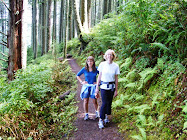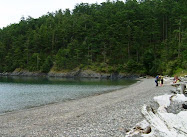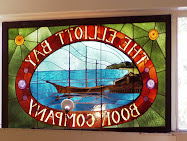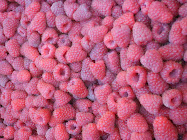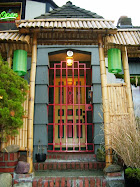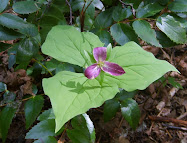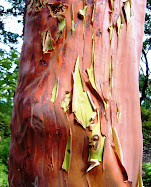 |
| Orcas in central Puget Sound, October 8, 2012. Photo by Alisa Lemire Brooks. |
After getting a text alert from my sister mid-morning that orcas were spotted heading south in Puget Sound, I grabbed my binoculars, hopped in the car, and sped (yes, broke the speed limit) to Carkeek Park near my home. While I'm a native-born Seattleite and lived here most of my life, these magnificent marine mammals have eluded me in my home waters.
Until yesterday.
It started with a series of updates on the Orca Network's Facebook page:
"At least seven orcas were seen by the morning sun at 9 am in Admiralty Inlet, heading south between Mutiny Bay and Foulweather Bluff, headed toward Point No Point."
 |
| Mother orca with baby, Puget Sound, October 8, 2012. Photo by Alisa Lemire Brooks. |
My sis texted me when local Seattle TV stations shared footage of a "superpod" being VERY active near Point No Point and continuing south. A superpod no less! Aerial footage from a chopper showed orcas arcing up out of the water, dorsal fins pointing high, and diving back under in huge splashes. Awesome.
As I parked at the bluff overlooking the Sound at Carkeek, I jumped out of the car and breathlessly asked the guy sitting on the bench:
"Have you seen the orcas yet?"
He hadn't and didn't even know to look for them, but Jeremy and I ended up sharing my binoculars for the next 40 minutes as we spotted many orcas spouting, breaching, and splashing several miles across the Sound between Kingston and Bainbridge Island.
Seasoned orca watchers Alisa and Ed showed up soon after me, with more expensive binoculars in hand. These friendly folks pointed out things I wouldn't have noticed.
"Adult male breaching. Mother with baby just south of the white sailboat off Indianola. Several now heading into Port Madison."
 |
| Puget Sound orcas with Edmonds-Kingston ferry in distance. Photo by Alisa Lemire Brooks. |
I followed Ed and Alisa down to Golden Gardens, a few miles south and jutting farther west into Puget Sound. There in the golden glow of an unseasonably sunny and mild October afternoon, we watched more orcas put on a show that no doubt thrilled hundreds or thousands of us watching from the land and boats.
As a female breached much closer to us than the others, I knew the spectacular image would be seared in my memory forever. The sense of awe and wonder surging through me felt just like each of those shooting stars I saw last summer.
 |
| October 1, 2012. Photo by Alisa Lemire Brooks. |
Forget the so-called Seattle Freeze. Everyone was as excited and happy as a kid to be in the presence of our resident orcas making an unusual trip this far south. Heck, I even passed out my business cards and learned about a new restaurant that Brian hopes to open in Ballard next year. Most of us figured out our two to three degrees of separation.
As they used to say, there's only a thousand real people in Seattle and we all know each other. There's less than 90 resident orcas in Puget Sound, and they no doubt all know each other, too.
 |
| Orca off Alki Point, October 8, 2012. Photo by Christina Watson. |
How about you? Did you see the orcas yesterday? If not, I hope you're able to see them soon. Check out the Orca Network regularly for sightings.
How to Help
The Puget Sound orcas are endangered and need our help. As of May 2012, the population of the endangered southern resident orcas was 88, 26 in J pod, 20 in K pod, and 42 in L pod. Here's a link to information on the National Marine Fisheries Service Orca Recovery Plan. It remains to be seen if, through our efforts, the population can be stabilized to a sustainable level. But think about donating your time and $$ to organizations such as the Orca Network, which is dedicated to raising awareness of Pacific Northwest whales and the importance of providing them healthy and safe habitats.








































